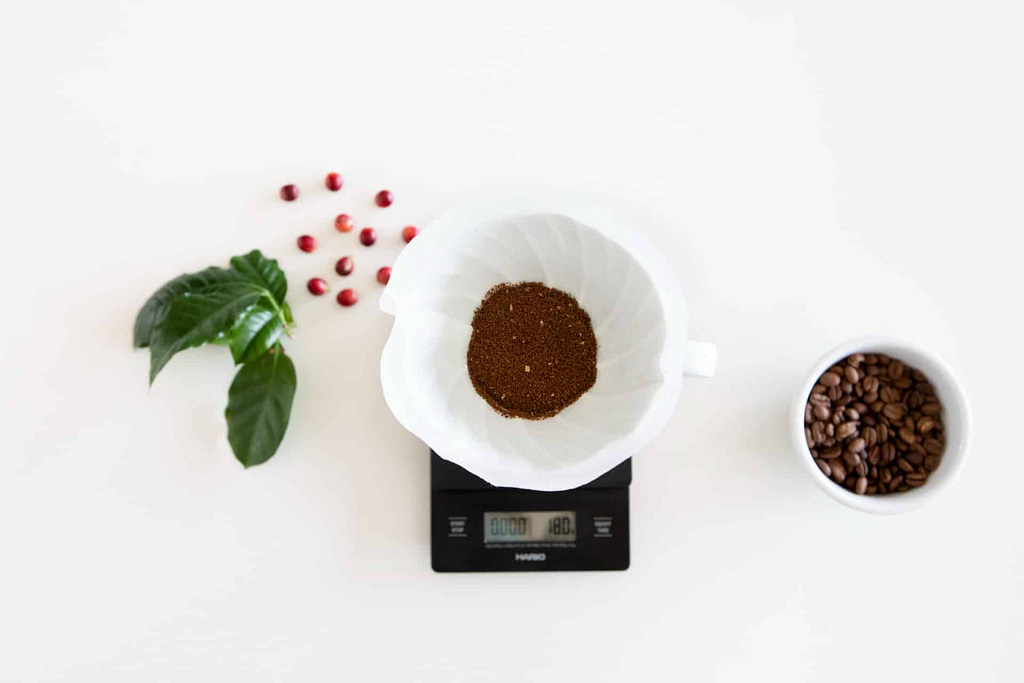[[{“value”:”
A study conducted at the Accademia del Caffè Espresso, La Marzocco’s centre for coffee culture and education in Italy, has analysed the effect of different extraction and roasting methods on the caffeine levels in coffee.
The comparative study aimed to discover the effects of roast and preparation on caffeine levels in common coffee beverages and is the result of the partnership between Academia del Caffè Espresso and CDR CoffeeLab.
As part of the project, 18 different variations of one coffee were tested individually. The coffee used in the study was an Arabica from the Cerrado Mineiro region of Brazil. To determine its varying caffeine levels, the coffee was roasted to three different degrees and extracted using six methods.
According to the study, the recommended caffeine intake for an individual is 400 milligrams per day. Espresso was found to contain the most caffeine, with levels exceeding 120 milligrams of caffeine per coffee. Filter was found to have much lower levels, between 20 and 27 milligrams, with French press (23 to 60 milligrams) and moka pot (60 to 70 milligrams) revealing slightly higher results.
In terms of cold brew ready-to-drink coffee, the study found the amount of caffeine was comparable to that of filter because of its similar brew ratio and beverage volume. Due to a prolonged contact time between the coffee and water, at a temperature of approximately 20-25°C, a slightly higher concentration of caffeine was produced in the final beverage compared to filter, where the extraction temperature was higher and the contact time with water shorter.
The project also determined that the level of caffeine in roasted coffee is greater than that found in green coffee beans. The hypothesis developed during the analysis was that caffeine does not increase during the roasting process, but instead loses moisture which increased the amount of caffeine by weight. This means that darker roasts had greater moisture loss, producing a higher caffeine concentration.
In conclusion, the study emphasised being able to quantify caffeine consumption is not simple due to the variables that come into play, such as the variety of coffee used, origin, extraction method, brew ratio, and roast level.
Accademia del Caffè Espresso hosts La Marzocco’s corporate museum and historical archive, an indoor coffee plantation, research and education laboratories, and a workshop dedicated to producing bespoke espresso machines.
For more information, click here.
“}]]


